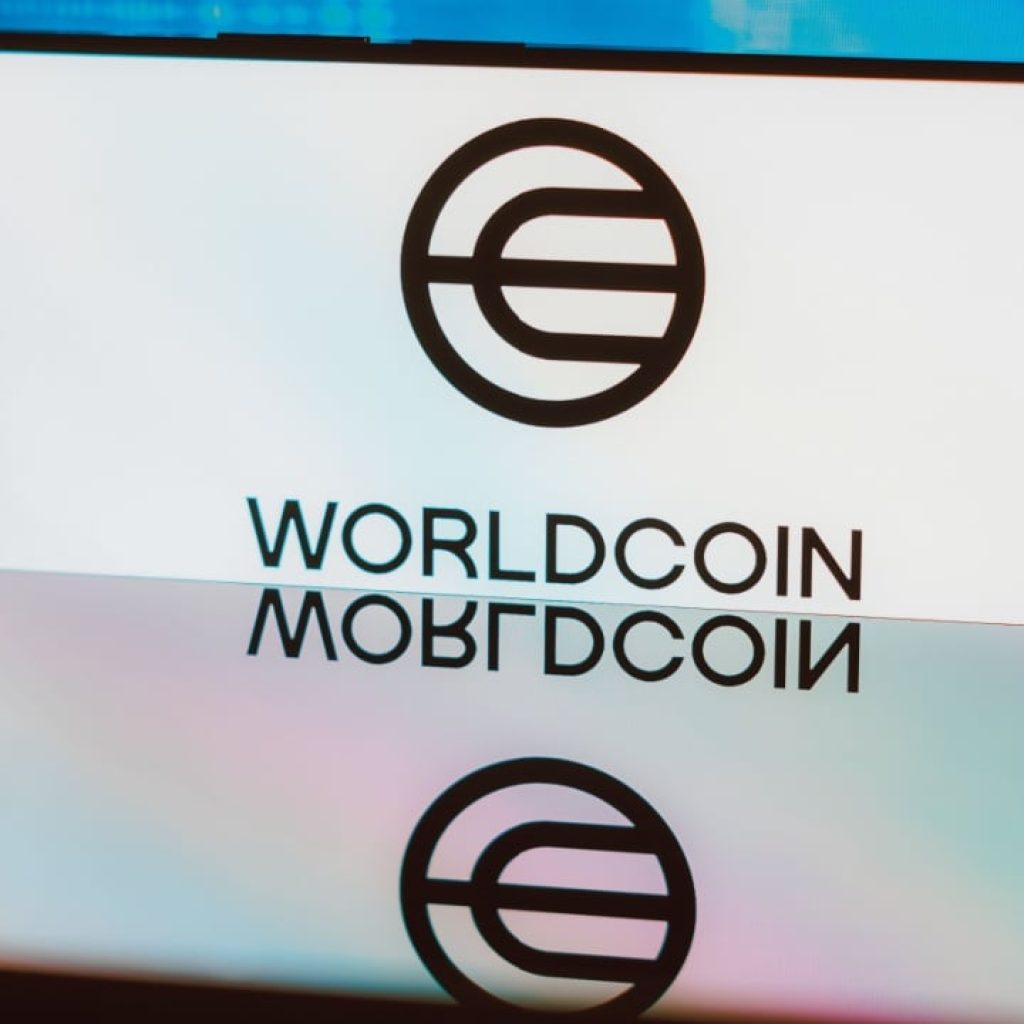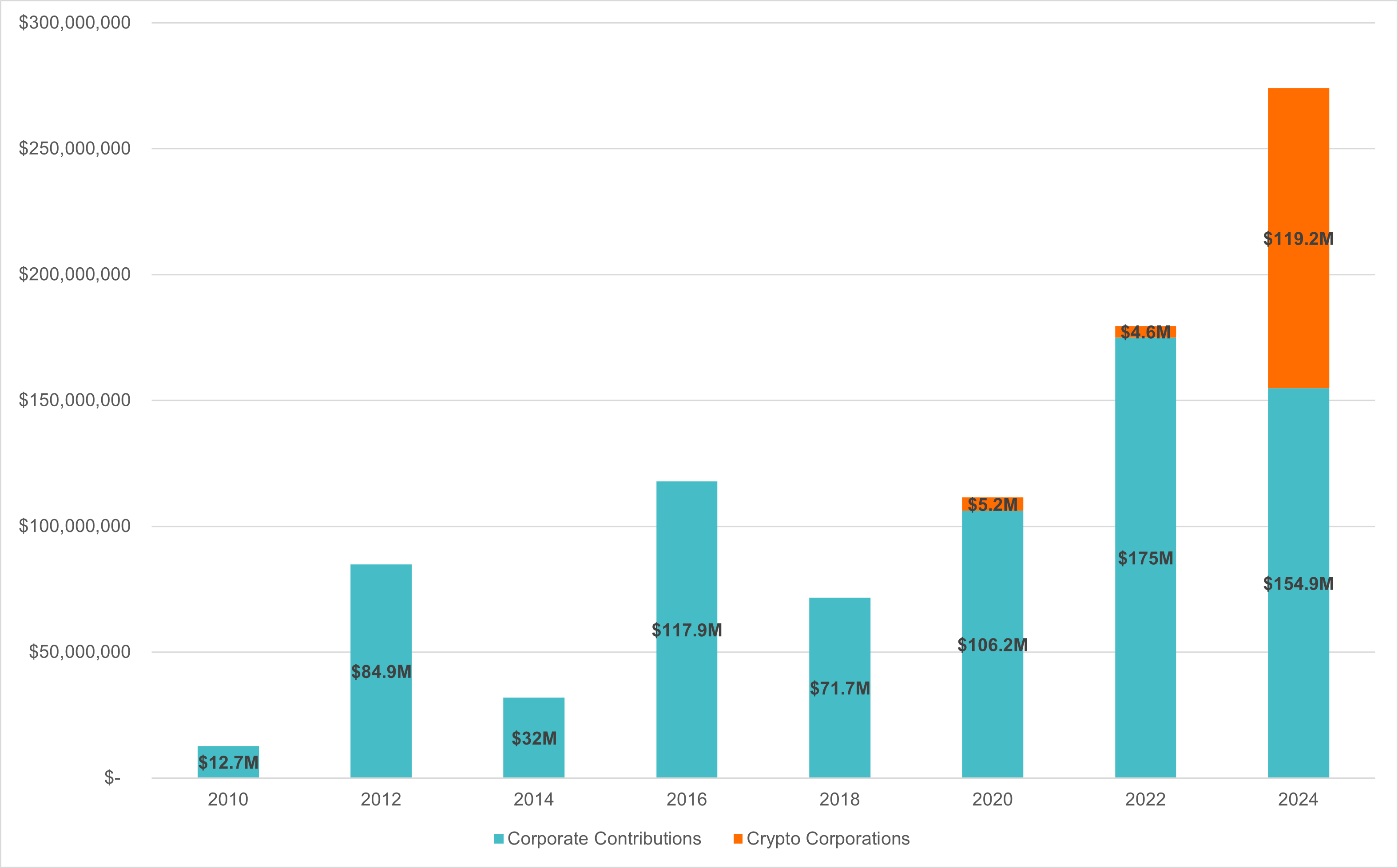Binance Launchpool will launch its 31st project on the platform, Hashflow, on 1st November 2023 at 00:00 (UTC). Binance users must stake BUSD or BNB on separate pools to farm HFT, the Hashflow native token. The farming period will run for 30 days.
The Binance launchpad had been dormant for the last three months, and in the previous project, Project Galaxy managed to distribute 3M GAL tokens to Binance users. The Launchpool aims at distributing 15M HFT tokens, of which 12M will be shared by users staking BNB and 3M by users staking BUSD.
Binance will take snapshots of user and total pool balances each hour to calculate user rewards. User rewards will be updated every hour and claimable to their spot wallets.
What is Hashflow by Binance Launchpool?
Hashflow is a decentralized cryptocurrency trading platform unique for its interoperability, zero slippage, and MEV-protected trades. The native token of the exchange is the HFT, an ERC 20 token built on the Ethereum blockchain.
The platform was launched in 2021 by its CEO Varun Kumar and has recorded over $10B in trading volume. Its token is available on Ethereum, BNB Chain, Optimism, Polygon, Avalanche, and Arbitrum blockchains.
Investors initially funded the project in three rounds of private token sales comprising 25% of the total supply. The first batch sold at $0.02/HFT, the second at $0.10/HFT, and the last at $0.40/HFT.
It is backed by Kraken ventures, Jump_, Dragonfly Capital, Wintermute, GSR, Cronos, Ledger prime, Meltem Dermirors, and Jason Choi, among others.
So what makes Hashflow special?
Most market decentralized exchanges (DEXs) rely on automated money makers to match buyers and sellers. AMMs have challenges, such as low liquidity, sandwich attacks, and impermanent loss from erratic price changes. A sandwich attack is a type of order front running where the attacker takes advantage of users who submit a transaction but still wait for it to be included in the blockchain. Hashflow applies a request-for-quote (RFQ) function, allowing market makers to manage liquidity pools, and preventing front-running attacks.
The RFQ moves the pricing function off-chain; market makers can model pricing strategies that consider off-chain data, like historical asset prices and volatility. Traders benefit from lower prices, zero slippage, MEV resistance (cryptographic signatures that prevent front running), and bridgeless cross-chain swaps.
Users will use HFT for the governance of the Hashflow protocol. The ERC20 token has a total supply of 1B tokens. 5% of the total supply will be issued to the DAO treasury every year, four years after launch. The DAO community can change the distribution formula.
The Hashverse
Hashflow boasts of the first-ever gamified DAO that is story driven. Users will be able to shape the platform by joining the Hashverse. Hashverse is a platform where any player can rise to the ranks to govern the protocol.
Staked HFT tokens will determine users’/players’ health metrics within the Hashverse. To maintain their health in the Hashverse, users must continuously adjust the amount and duration of their staked tokens. The protocol will reward the community’s most active members, and their Hashverse presence will play a significant role in redeeming these rewards.
Game mode: The game will involve an expansive Hashverse where players can complete quests to prove their mettle while earning rewards. It will also include NFTs (artifacts) that players can collect to evolve their character’s form. The NFTs will be tradeable on the NFT marketplace.
Story mode: Renova is a planet comprising ancient mossy forests, vast metropolises, quarries rich in precious metals, and primordial oceans, and it is home to humans and other sentient life from throughout the galaxy. It’s a powerhouse of galactic trade due to its abundant and coveted natural resources.





